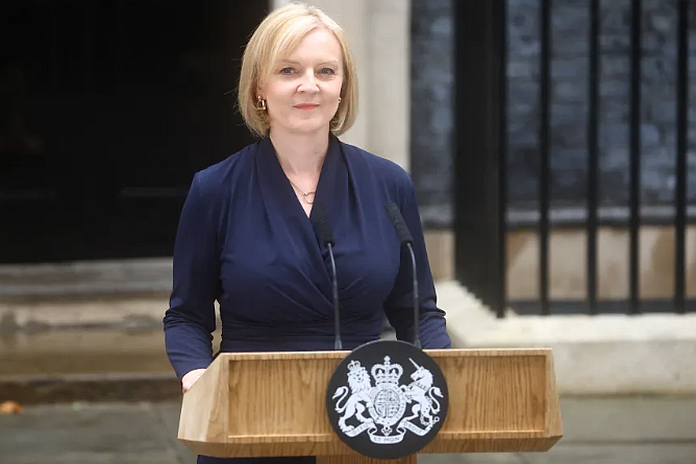By FocusEconomics
ASIA – What’s happened: Liz Truss’ government recently unveiled a two-year cap on household energy bills and a six-month cap on bills for businesses. These measures could cost GBP 150 billion – 6 percent of GDP – over the next two years.
Subsequently, the new chancellor revealed tax cuts that are forecast to be worth around GBP 45 billion by 2026/27 as part of a “mini-budget.” Measures include cuts to income tax, payroll tax (National Insurance) and stamp duty, as well as the cancellation of a planned corporation tax rise. The government also announced supply-side reforms, including the creation of investment zones across the country, steps to increase the labor force participation rate and changes to planning laws to speed up the approval of new construction projects.
The impact on the fiscal stance: Given that the government did not announce corresponding cuts to public spending, the fiscal stimulus is set to be debt-financed. This will raise the fiscal deficit and public debt. Indeed, over the last month our panelists upwardly revised their forecasts for both indicators. They now see public debt rising as a percentage of GDP to more than 100% over our forecast horizon, in contrast to last month’s projections for a decline. Further upward revisions are expected in our November publication. Moreover, gilt yields have surged over the last week in response to the government’s plans, with the 10-year yield now above 4 percent. This will further increase the cost of borrowing.
The impact on monetary indicators: Limiting energy prices means inflation is now likely to peak at slightly over 10 percent in Q4, lower than previously anticipated. That said, the pound has tumbled in the last few days due to investor uncertainty over fiscal sustainability. A weak pound, coupled with the boost to demand from stimulus measures, is likely to stoke medium-term inflation. This will in turn lead to more aggressive rate hikes by the Bank of England including, potentially, at non-scheduled meetings. On 26 September Bloomberg commented that money markets see 165 basis points of rate hikes by the BoE’s next meeting in November.
On inflation, analysts at Goldman Sachs, said:
“We now look for headline inflation to peak at 10.9 percent in October, significantly lower and earlier than our previous peak of 14.8 percent in January. […] The rapid deceleration out of double-digit inflation under the energy-bill freeze is likely to guard against risks of inflation expectations de-anchoring.”
The impact on GDP growth: The fiscal measures should give a boost to near-term economic activity relative to the status-quo of no tax cuts or energy bill support. That said, households are likely to save, rather than spend, a significant chunk of their tax windfall – especially if consumer confidence remains near its current record low. Moreover, likely more aggressive monetary tightening will partially offset the fiscal loosening. The announced supply-side reforms could support long-term growth, although quantifying their impact is not possible given that many of them have yet to be fleshed out. In any case, long-term growth is forecast to be well below the government’s 2.5 percent target.





